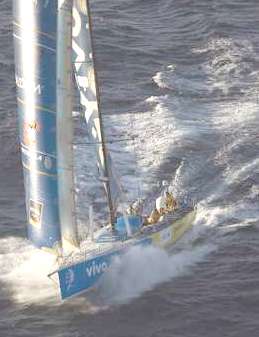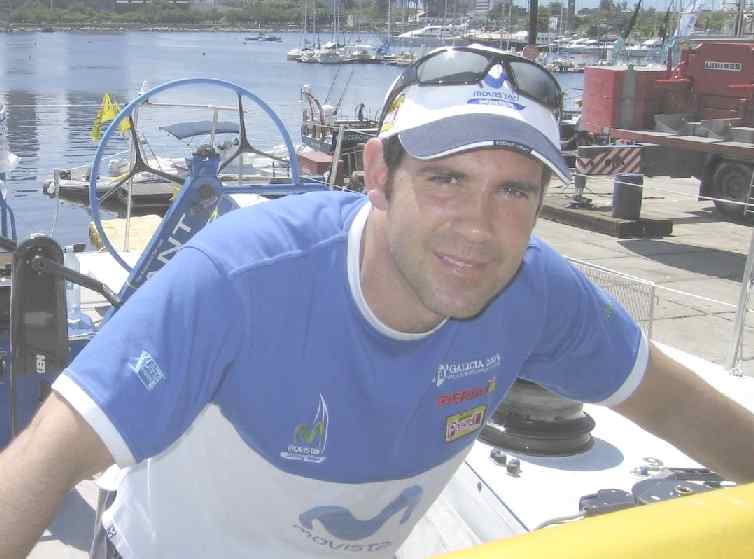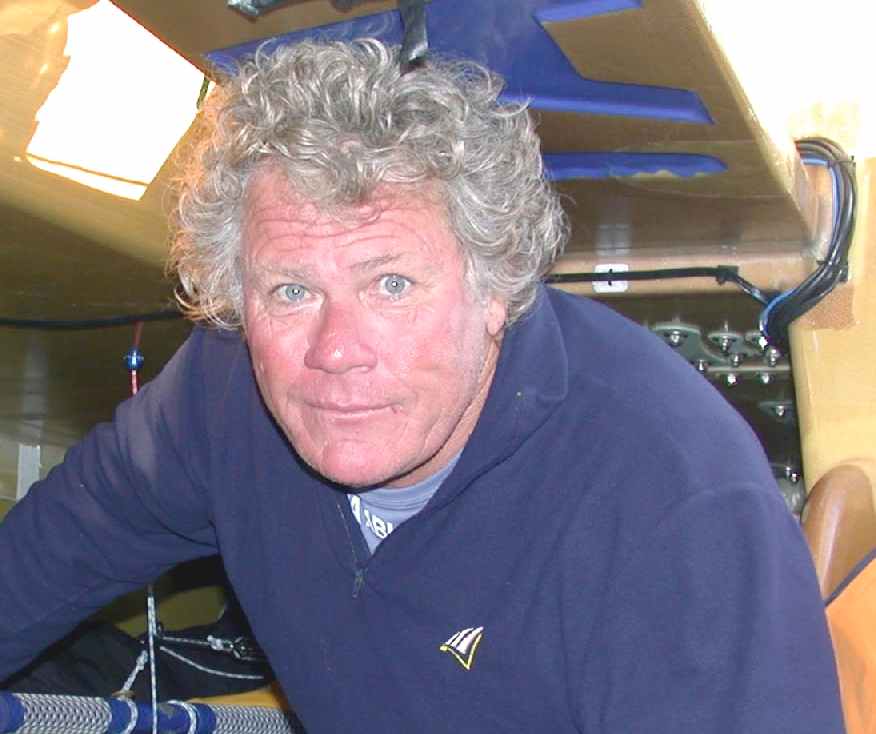|
THE VOLVO OCEAN RACE - WELLINGTON to RIO De JANIERO |
||||||||||||||||||||||||||||||||||||||||||||||||||||||||||||||||||||||||||||||||||
| HOME BIOLOGY CREW GEOGRAPHY HISTORY INDEX MUSIC FILMS THE BOAT SOLAR BOATS SPONSORS | ||||||||||||||||||||||||||||||||||||||||||||||||||||||||||||||||||||||||||||||||||
|
Wellington
to Rio de Janeiro
|
|
Team |
Status |
Time |
Points |
|---|---|---|---|
|
ABN AMRO ONE |
Around the Horn first! |
2 Mar 2006 1238 GMT |
3.5 |
|
Pirates of the Caribbean |
About 35 nm behind AA1 |
2 Mar 2006 1440 GMT |
3.0 |
|
Brasil 1 |
Going strong, but reporting problems with one hydraulic ram |
2 Mar 2006 1810 GMT |
2.5 |
|
ABN AMRO TWO |
Charging fast |
2 Mar 2006 2125 GMT |
2.0 |
|
Ericsson Racing Team |
Going slow |
2 Mar 2006 2158 GMT |
1.5 |
|
movistar |
Water coming in through bomb doors, headed for port (but after they pass the gate.) |
1.0 |
|
|
ING Real Estate Brunel |
Skipping this leg! |
0.0 |
Leg 4 finish at Rio de Janeiro
|
Milestone |
Location |
Points for first place |
|---|---|---|
|
Leg 4 |
Rio de Janeiro |
7.0 |
|
Team |
Status |
Time |
Points |
|---|---|---|---|
|
ABN AMRO ONE |
Finished |
0300 UTC 11 mar 2006 |
7 |
|
Pirates of the Caribbean |
Finished |
0706 UTC 11 MAR 2006 |
6 |
|
ABN AMRO TWO |
Finished |
0736 UTC 11 MAR 2006 |
5 |
|
Brasil 1 |
Finished |
0755 UTC 11 MAR 2006 |
4 |
|
Ericsson Racing Team |
Finished |
1912 UTC 11 MAR 2006 |
3 |
|
movistar |
Back on course, with the keel in fixed position. |
2 |
|
|
ING Real Estate Brunel |
Did not race this leg |
0 |
|
BALTIMORE |
NEW YORK |
||
|
PORTSMOUTH |
ROTTERDAM |
GOTHENBURG |
FOR YOUR NO OBLIGATION INSURANCE QUOTE: Email: Nelson Kruschandl ENCLOSING DETAILS OF YOUR VESSEL, OR CARGO AND THE PLANNED JOURNEY OR DESTINATION. YOU WILL THEN BE CONTACTED BY A SPECIALIST WHO WILL GUIDE YOU THOUGH THE PROCESS.
It helps us to help you, if you tell us as much about your vessel as you can to get the ball rolling: displacement, age, length, value, country, where you cruise, etc. If you want cargo insurance, let us know the port of exit and entry, the goods and value, etc.
This
website
is Copyright © 1999 & 2006 NJK.
The bird ![]() logo and name Solar Navigator are trademarks. All
rights reserved. All other trademarks are hereby
acknowledged. Max
Energy Limited is
an environmental educational charity.
logo and name Solar Navigator are trademarks. All
rights reserved. All other trademarks are hereby
acknowledged. Max
Energy Limited is
an environmental educational charity.
BLUEBIRD ELECTRIC CAR MANUFACTURERS ELECTRIC CARS ELECTRIC CYCLES SOLAR CARS


